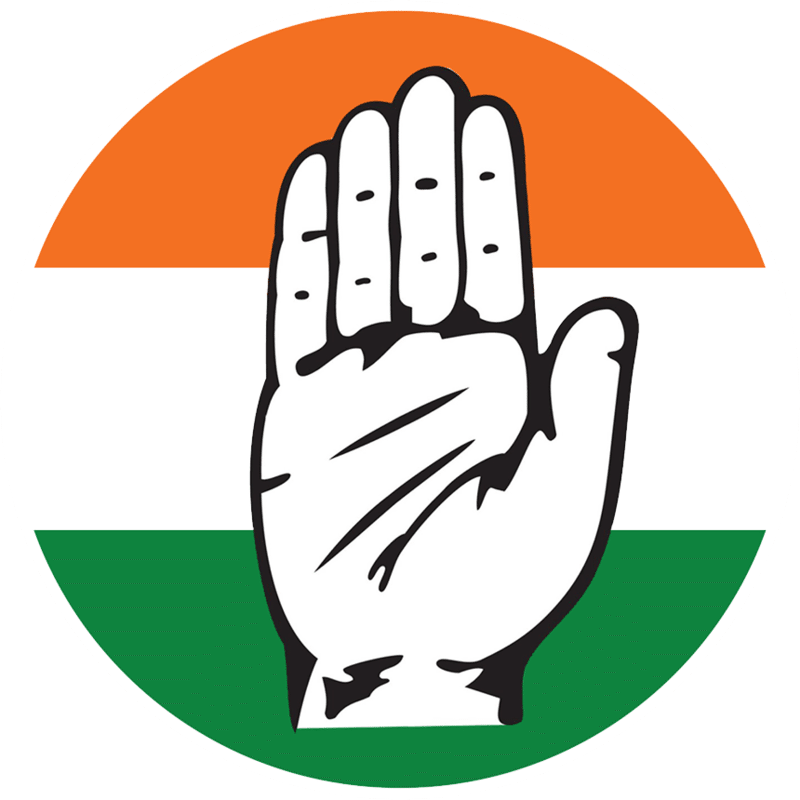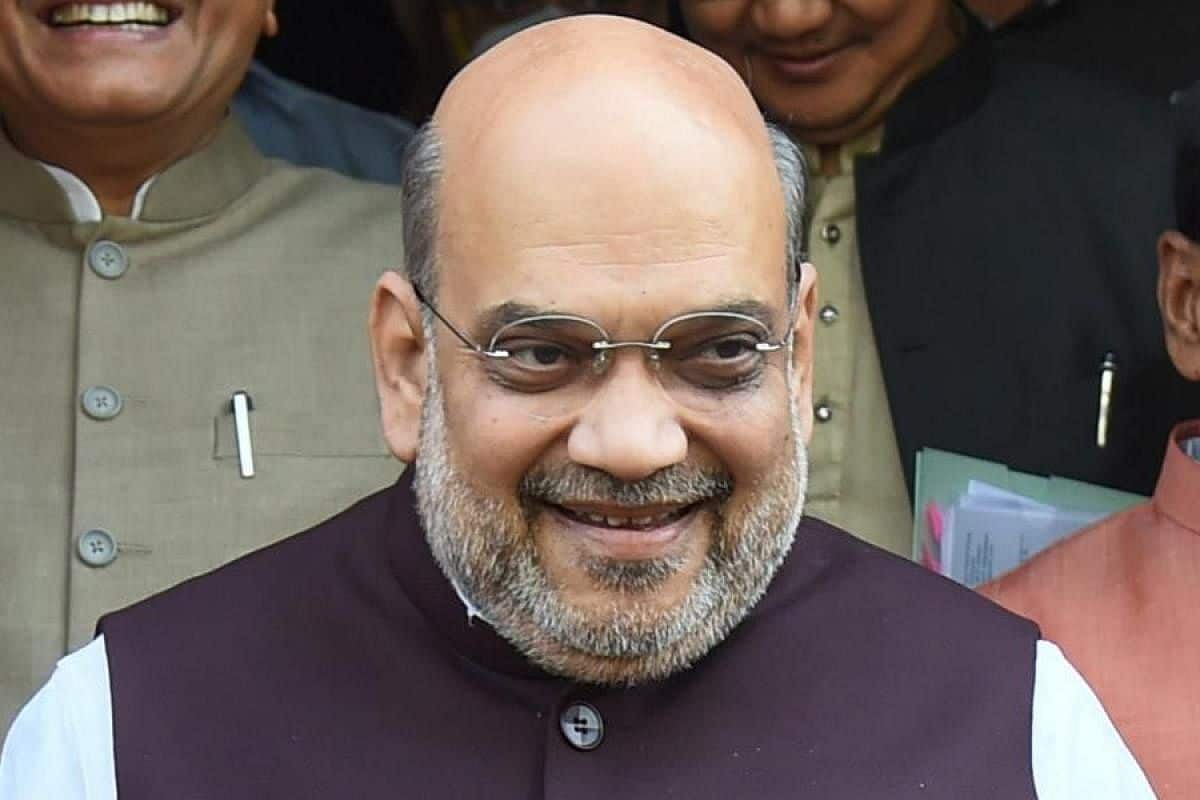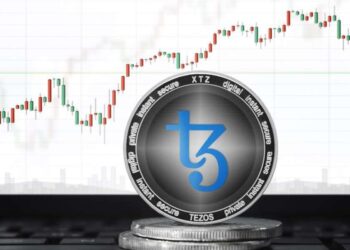Home Minister Amit Shah has announced that 36 districts across Nagaland, Assam, and Manipur removed from the list of “disturbed areas” that fall under the contentious Armed Forces (Special Powers) Act. This announcement has come three months after 14 civilians were killed in an army ambush in Nagalands’ Mon district.
In a statement on Twitter Shah said that it was a result of an “improved security situation”, his tweet read.
The killings that took place on Mon had reignited the long-standing demand for repealing AFSPA in the state.
However, in a mixed statement, the Home Ministry issued a notification declaring Nagaland as a ‘disturbed area’ where the AFSPA will remain imposed for the next six months. The government is also extending AFSPA in the three districts of Arunachal Pradesh. Tirap, Changlang, and Longding districts in Arunachal Pradesh remain under the law.
What is AFSPA?
The Armed Forces Special Powers Act (AFSPA), is an act that enables certain special powers to be conferred upon members of the armed forces in disturbed areas.
The special powers give sweeping control to the army to execute or take any action that is deemed as necessary according to the force without getting sanctions from the higher authority.
The history of AFSPA and its presence in India can be traced before Independence. Lord Linlithgow the viceroy of India officially announced the AFSPA on August 15, 1942, to suppress the Quit India Movement launched by Mahatama Gandhi. The law allowed them to imprison Gandhi, Jawaharlal Nehru, and most leaders of the Indian National Congress.

Ironically, when India’s first prime minister was faced with insurgency post-1947. A few years into Indian independence, Jawaharlal Nehru, the first prime minister, faced Naga insurgency in districts of Assam, along the Burmese border he chose to address the situation similar to the viceroy. The situation in Assam had escalated with Baptist missionaries converting a majority of the Nagas to Christianity and an educated leadership had emerged in the form of the Naga National Council. In the meetings between the Naga and the Indian leadership, Gandhi theoretically considered the possibility of Naga independence, but Nehru rejected the idea and offered the Nagas autonomy within India.
However, dissatisfied with this solution, in 1954, the Nagas began an insurgency for independence. The response by India was echoing the mercilessness of the Britishers. India responded by sending in thousands of Indian army soldiers and paramilitary men from the Assam Rifles to crush the rebellion which led to a series of violence. India thought that it is important to give further protection to the armed forces fighting the insurgents. Nehru’s government passed the Armed Forces Special Powers Act (1958) in the Indian parliament.
At that period, there was unanimous support for the law, “We want a free India. But, we do not want a free India with barbed wires and concentration camps, where havaldars (sergeants) can shoot at sight any man,” Surendra Mohanty, a dissident member of the parliament from Orissa, told the house.
In the upcoming years, the law spreads its wing to other adjoining states of Assam and Nagaland where there were rebel uprisings demanding separation from India. In some cases, the law was imposed to protect the state from the bordering countries trying to invade or attack.

AFSPA and controversies
The allegation of human rights violation in the AFSPA imposed the state against the armed forces for taking advantage of their power. There have been several recent and historical incidents accusing the armed forces of raping, abducting, and killing civilians in the state.
The Nagaland Killings
14 innocent lives were taken by the Indian Security Forces because of mistaken identities in December 2021 in Nagaland’s Mon district.
A team of Indian Army’s para commandos had laid an ambush on 4 December near Tiru village based on intelligence inputs of insurgents’ movement in the area, according to a statement on the incident by Union Home Minister Amit Shah at the time.

Locals attacked the police force which led to seven more deaths of civilians and one soldiers’ death.
Arunachal Pradesh Killings
Two were killed and one was injured in an encounter in the Tirap district of Arunachal Pradesh this year. Another person accused to be an insurgent was arrested.
While the police and Assam Rifles said the two killed were NSCN (IM) insurgents, locals claimed one of those killed and the third injured person were civilians who were forcefully picked up by NSCN (IM) insurgents to work as their guides. One of the killed was the ‘minister’ of the tribal kingdom of the region.
The Data and the Protest
According to the Extra-Judicial Execution Victim Families Association of Manipur documented as many as 1528 alleged extrajudicial executions by the armed forces in the tiny north-eastern state between 1978 and 2010.
The United Nations High Commission for Human Rights repeatedly called upon the Government of India to repeal the law. Irom Chanu Sharmila brought the alleged abuse of the law under international attention with her 16-year-long “hunger strike” against the law.
Also Checkout: Are the North-eastern states’ territorial disputes never-ending?
















